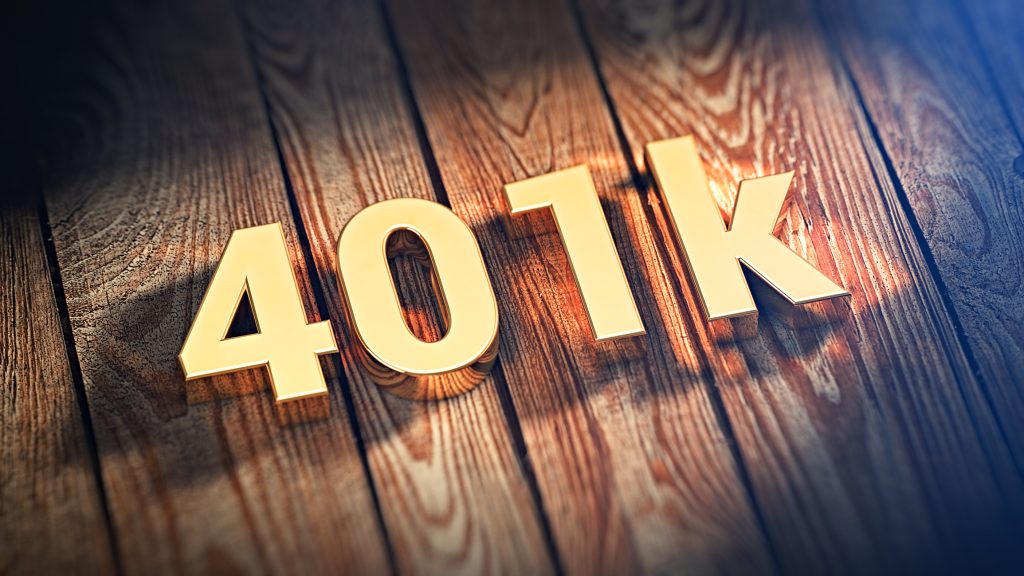
We all know that a 401(k) is one of the most important retirement planning tools we have. The potential tax benefits and power of compound interest can make it a great saving and investment tool for anyone who practices financial discipline and contributes regularly. There are several important things to know about your 401(k), such as how much you can contribute, options for your 401(k) when you leave your job, and how much you are paying in 401(k) fees.
You Have Options for Old 401(k)s
When you leave a job, you can either cash out of your 401(k), roll it over into a 401(k) at your new job, leave your money in the old 401(k) with your former employer, or roll it over into an IRA.[1] While in many cases, you can leave your 401(k) with your former employer, this can complicate your finances if you end up with multiple 401(k)s. Cashing out may mean a large tax burden since funds will be taxed as ordinary income. However, if you roll your old 401(k) into a new one, you will not pay tax on the funds directly rolled over. If you are retiring, aren’t going to a new job right away, or want more investment options, you can roll your old 401(k) into an IRA without paying tax on the funds rolled over.
You Can Make “Catch-Up” Contributions Starting at Age 50
Starting at age 50, you can contribute more to your 401(k) each year. In 2020, workers under 50 can contribute up to $19,500 to a 401(k), 403(b), most 457 plans, or Thrift Savings Plan. Workers 50 and over can contribute an additional $6,500 in 2020, for a total of $26,000 per year.[2] This can be a good option for workers who want to save more while reducing their tax burden while working.
You May Be Paying High 401(k) Fees
Be aware of 401(k) fees, which can add up. 95% of 401(k) participants pay fees, ranging from under 0.5% to more than 2%. 2% might not seem like much, but it can add up over time. Let’s compare a 401(k) plan that charges 2% in fees to one that charges 1%. Both start with a balance of $100,000 and have an expected annual rate of return of 8%. After 30 years, the account paying 2% in fees would grow to $574,350. Meanwhile, the account paying 1% in fees would grow to $761,225.[3]
Your 401(k) is a long-term investment. You pay into it for decades and will likely need to rely on it, among other income sources, for decades in retirement. With a professional advisor, you can run a lifetime income illustration to see how long your 401(k) could last you in retirement, and how you could turn it into lifetime income. Sign up for a complimentary review to discuss your options.



